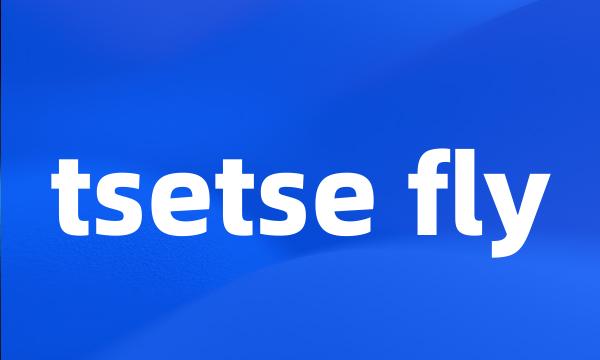 tsetse fly
tsetse fly-
Application of nuclear insect sterile technique to eradicate tsetse fly ( Glossina austeni Newstead ) on zanzibar , Tanzania
应用核不育技术根治桑给巴尔采采蝇
-
The fatal infection begins with the bite of a tsetse fly .
昏睡症的致命感染始于采采蝇的一叮。
-
Sleeping sickness is spread by the bite of the tsetse fly .
昏睡病是由于采采蝇的叮咬而传播的。
-
Sleeping sickness ( tropical disease carried by the tsetse fly , causing sleepiness and often death )
昏睡病(由采采蝇传染的热带疾病,引起昏睡,常造成死亡)。
-
The main approaches to controlling African trypanosomiasis are to reduce the reservoirs of infection and the presence of the tsetse fly .
控制非洲锥虫病的主要措施是减少感染贮主和采采蝇的存在。
-
The people most exposed to the tsetse fly and therefore the disease are in rural populations dependent on agriculture , fishing , animal husbandry or hunting .
接触采采蝇最多并因此接触该病的人是依赖于农业、渔业、畜牧业或狩猎业的农村人群。
-
It is spread by the bite of the tsetse fly , which transfers the organism from alternate host such as the cow .
经由采采蝇叮咬,将微生物从像牛这些宿主传入人体。
-
The disease is mostly transmitted through the bite of an infected tsetse fly but there are other ways in which people are infected with sleeping sickness .
疾病主要通过受感染采采蝇的叮咬传播,但也有其它途径可使人感染昏睡病。
-
It is spread by the bite of an infected tsetse fly ( Glossina Genus ), a species native to the African continent .
它通过非洲大陆当地特有的物种即受感染的采采蝇(舌蝇属)的叮咬传播。
-
It was later speculated that the mysterious illness had been caused by a Tsetse fly , an African insect that can cause a disease known as sleeping sickness .
后来,人们猜测当时那神秘的疾病可能是由采采蝇引起的。采采蝇是非洲的一种昆虫,它能引发一种叫做昏睡症的疾病。
-
Rural populations living in regions where transmission occurs and which depend on agriculture , fishing , animal husbandry or hunting are the most exposed to the tsetse fly and therefore to the disease .
生活在发生传播的地区并依赖于农业、渔业、畜牧业或狩猎业的农村人口最有可能接触采采蝇并因此接触该病。
-
They are transmitted to humans by tsetse fly ( Glossina genus ) bites which have acquired their infection from human beings or from animals harbouring the human pathogenic parasites .
它们通过被携带人类致病寄生虫的人类或动物感染的采采蝇(舌蝇属)叮咬传播给人类。
-
The tsetse fly bite erupts into a red sore and within a few weeks the person can experience fever , swollen lymph glands , aching muscles and joints , headaches and irritability .
采采蝇叮咬出现红肿,并且在几周内患者可伴有发烧、淋巴腺肿大、肌肉和关节疼痛、头痛和易怒。
-
Human African Trypanosomiasis ( HAT ), also known as African sleeping sickness , is a parasitic disease of humans caused by protozoal parasite Trypanosoma brucei ( T. brucei ) and transmitted by the tsetse fly .
非洲人类锥虫病,亦称为非洲昏睡病,是由采采蝇传播原虫&布氏锥虫(T.brucei)引起的人体寄生虫病。
